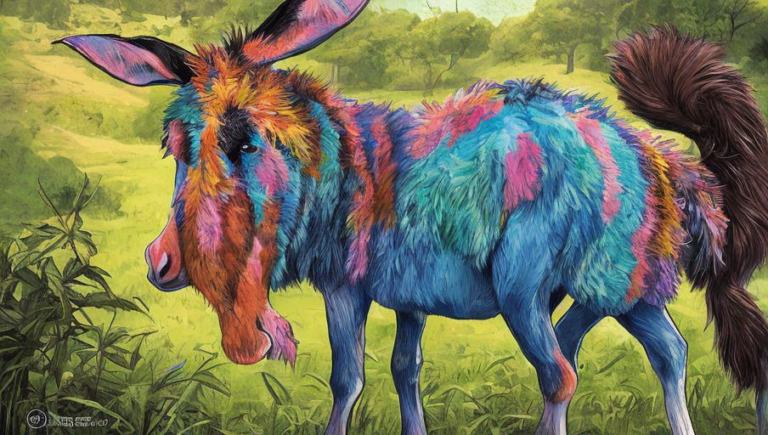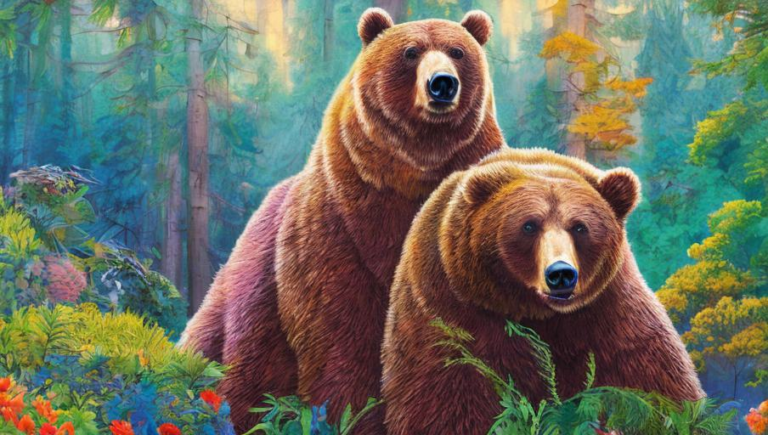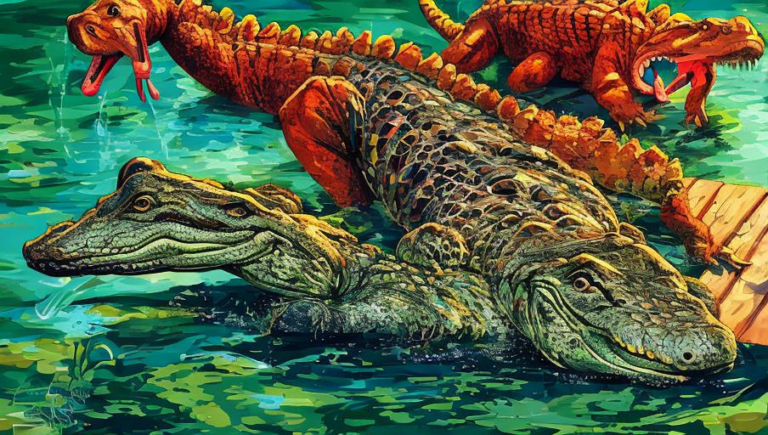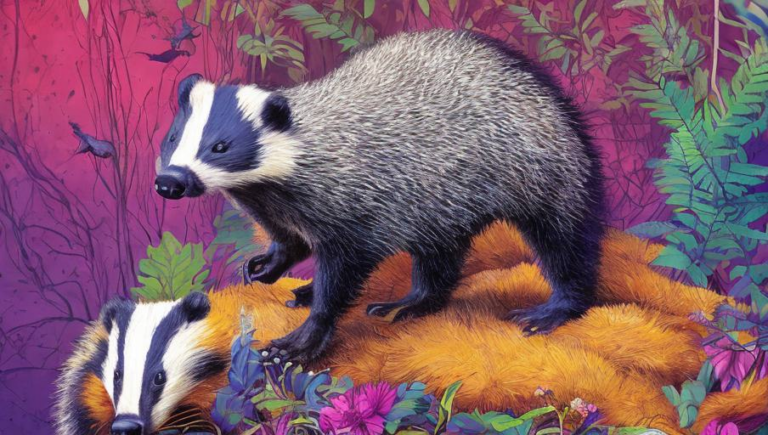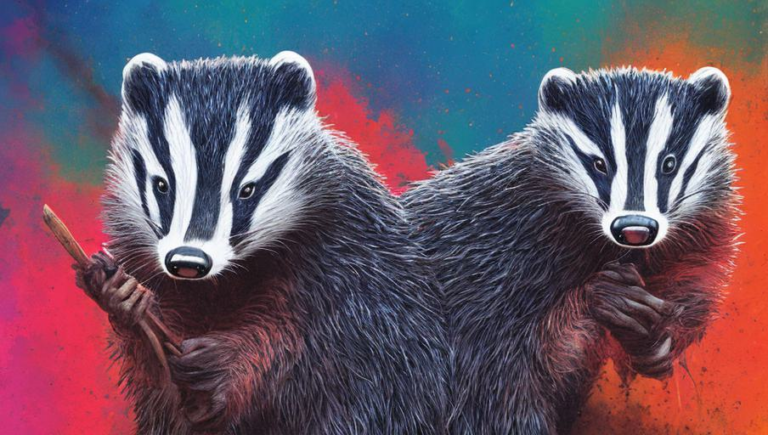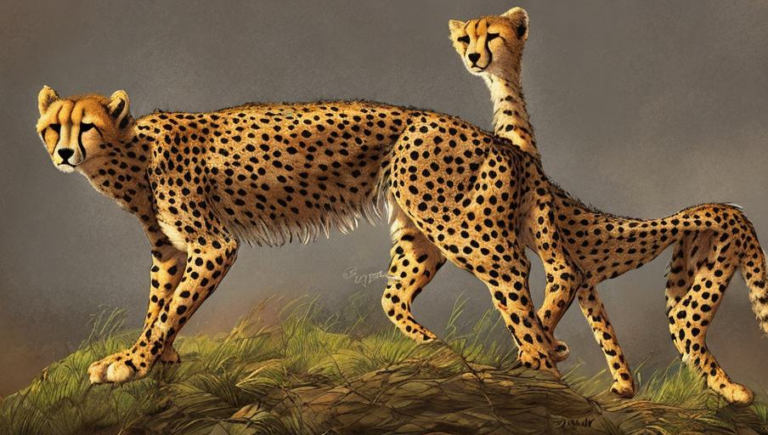Ecology of the Coyote
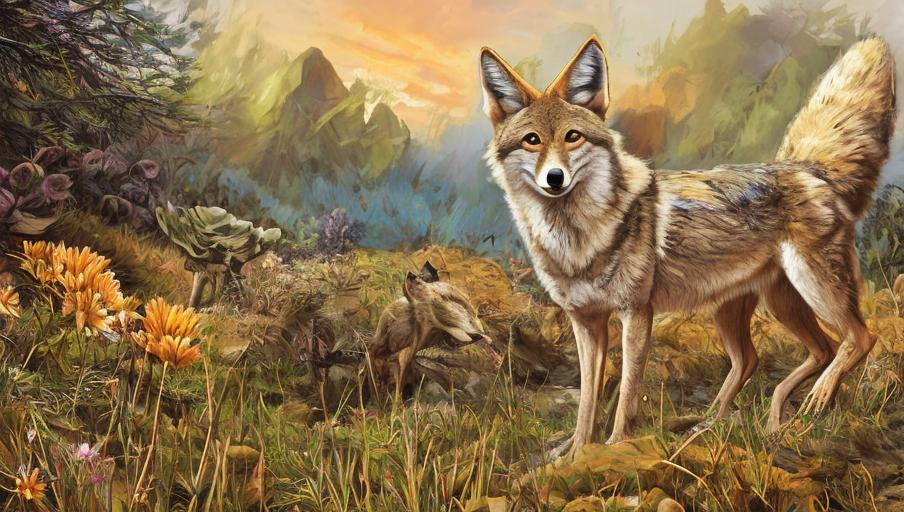
Introduction to the Coyote
The coyote (Canis latrans) is a medium-sized canine that is found all across North America, from Alaska and Canada to Central America. It is mainly found in rural and semi-urban areas, where it has adapted to the presence of humans. Coyotes are omnivores and will happily eat rodents, small mammals, fruits, and insects. They also actively hunt for larger prey, including deer, hares, and sometimes livestock.
Social Behavior of Coyotes
Coyotes are social creatures and are often seen in small packs. These packs can range in size from two to twenty, depending on the size of the territory. The coyote is an opportunistic hunter, often taking advantage of other animals’ kills. They also scavenge for food and have been known to follow humans, looking for food or handouts. Coyotes are also very vocal, communicating with other coyotes with a variety of howls, yips, and barks.
Reproduction and Life Cycle
Coyotes reach maturity at around one year of age. They mate in winter and the female gives birth to a litter of 4-6 pups after a gestation period of around two months. The pups are weaned at around 8 weeks and will remain in their parents’ care for around eight months before leaving the pack to search for their own territories. The average lifespan of a coyote is around 5-7 years in the wild, but some individuals can live up to 14 years.
Threats and Conservation
The coyote is a highly adaptable species, and its range is expanding as its natural habitat is increasingly being taken over by humans. Despite this, coyotes are often hunted and killed in some areas due to conflicts with livestock and fears about safety. The International Union for Conservation of Nature (IUCN) currently lists the coyote as a species of least concern, but it is important that we take steps to ensure their continued survival by protecting their habitats and discouraging hunting.
Conclusion
The coyote is a fascinating species that has managed to thrive in a wide range of habitats around the world. It is an important part of the ecosystem, helping to regulate the populations of small mammals, birds, and other animals. It is also an important cultural symbol for many Native American tribes. In order to ensure the long-term survival of this species, it is important that we work to protect their habitats and discourage hunting and killing of coyotes.
